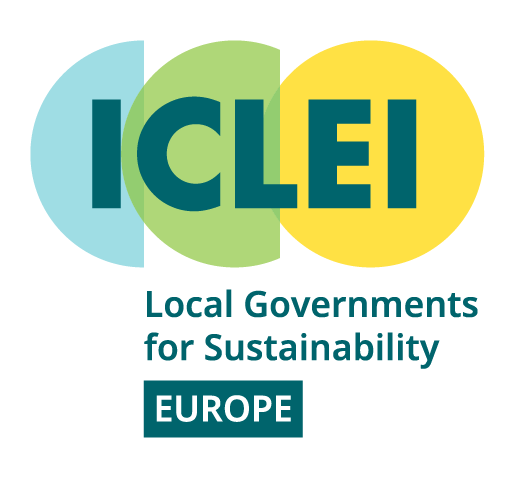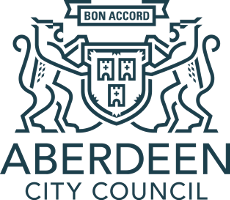Holistic, shared and persistent mobility plan
A defining feature of this social innovation is the participatory development and adoption of a holistic and persistent mobility plan, in which all city development and planning follows a coordinated approach focussed on making the city mobility efficient and sustainable.
Reference cases analysed within the scope of SMARTEES: Zurich (Switzerland) and Groningen (the Netherlands).
Zurich, Switzerland

Groningen, the Netherlands

For the past sixty years, the local government in Groningen has been actively prioritising cyclists and pedestrians in the city traffic. From this long history, four systemic tipping points – events that have had a defining impact on the transportation choices of citizens – were identified.
Implementation of the Traffic Circulation Plan in 1977 marked the start of the transitional process in the traffic system in Groningen. The determination of the city’s Mayor, Jacques Wallage, and the King's Commissioner1, Max van den Berg, allowed for restricting car traffic in the city centre and creating space for cyclists and pedestrians.
The other three tipping points built upon the favourable conditions fostered by the implementation of the Traffic Circulation Plan. They are the closing down of the Noorderplantsoen city park for cars in 1994, the promotion of city-campus biking routes, and the development of a cyclist-prioritising roundabout in 2017-2018.
Due to consistent public policies stimulating sustainable transport, at least 60% of all traffic movements within the city are currently made by bikes. As a result, citizens enjoy healthier lives, cleaner air, and lower noise pollution. While over 75% of the city panel respondents are satisfied with Groningen’s cycling strategy, the city aims to implement ambitious projects in the next decade to further improve the situation.
1 Head of province













